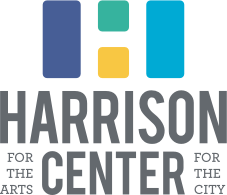Railroads and Highways
Indianapolis comes by its nickname “The Crossroads of America” honestly. Indianapolis was once a lattice of railroad tracks moving passengers and cargo across the nation. At its heart was the Indianapolis Union Station, the first of its kind. It no longer acts as a train station, but the building remains as one of the last pieces of evidence that a booming transportation business once existed here in Indiana. The implications of these railroads are multifaceted. While they provided income for the state, employed hundreds of Hoosiers, and connected Indianapolis to larger cities, they also cut through existing areas and caused the redistricting of already established neighborhoods.
Today, most railroads have been converted into highways, but in one special case, the Monon Trail. The Monon is a shared use path that has become an essential feature of Indianapolis. Bikers, joggers, dog walkers, and tourists now travel the Monon, and can even take the same path that the train used to run. In some places, the abandoned tracks can still be seen running next to the trail, a relic of progress.
Although they may have temporarily broken up parts of the city, neighborhoods like Monon 16 have gracefully grown around the railroad tracks and highways that characterize the face of Indianapolis. They have contributed to the remarkable intersectionality of the area and transformed disruption into harmony. As a result, people from a variety of backgrounds find themselves traveling through, becoming part of a greater narrative that began with the railroads.


